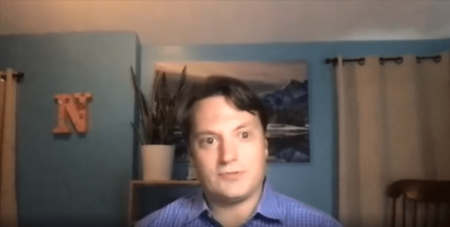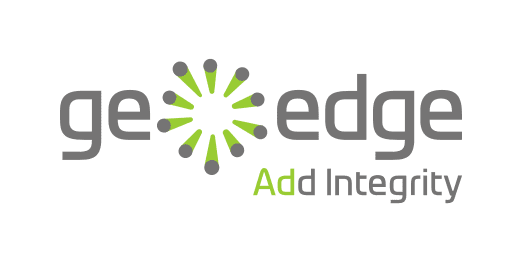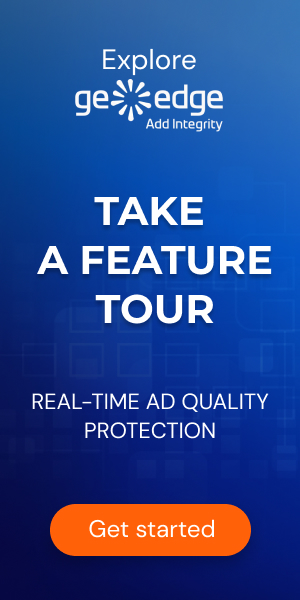Brett Robinson, VP Ad Operations, and Sabrina Mohsenin, Ad Operations and Programmatic Ad Technology Manager at NPR detail the development of NPR’s programmatic strategy and explain how the company has substantially increased revenue while maintaining brand integrity and user protection.
The original recording of this discussion is available on Beeler.Tech in the First Impressions section.
How did brand suitability risks prevent NPR from expanding its digital strategy towards the adoption of programmatic advertising?
As a nonprofit, NPR operates under more stringent ad content and messaging guidelines than most publishers have to. “We have really strict creative guidelines which stem from the radio,” says Brett Robinson, VP of Ad Operations. Previously, NPR had implemented a manual approach to ensuring ad inventory met content adjacency preferences in order to safeguard user experience. “Every single banner was defaulted to not being allowed on our site. And then we would have interns go in and banner by banner, one by one, read the copy and decide if it was appropriate for NPR.”
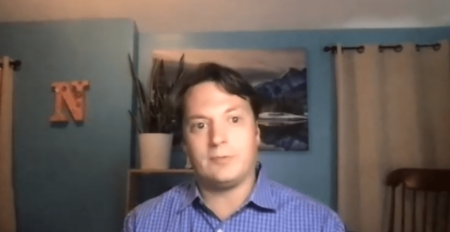
How did stringent ad content parameters impact fill rates and the onboarding of new demand partners?
Until a few years ago, NPR strategically decided not to implement programmatic advertising, leading to a significant portion of unsold inventory filled with various in-house ads. “Think of real-time bidding as this fire hose of demand that is pouring onto your site, and you’re blocking and deflecting the few things that you don’t want,” says Brett Robinson, VP of Ad Operations. Instead, NPR was doing the opposite, as Brett mentioned. “Every ad was not being allowed on our site. Interns would go in, manually, read the copy, and decide if it was appropriate for NPR.” These limitations turned NPR’s fire hose of demand into a small trickle of bandwidth.
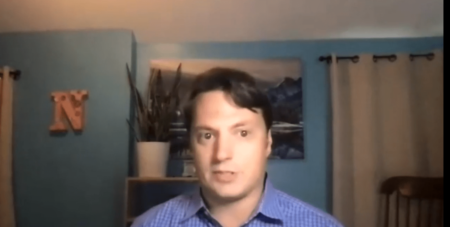
How did NPR’s digital advertising strategy change in 2020? How did ad quality technology move NPR’s programmatic business forward?
Before switching to programmatic, NPR’s approach was tedious and manual. “A human had to review every single ad before it could appear on our site. That was the end of the discussion.”
However, the COVID pandemic led to significant strain on NPR’s direct sold buys. The time was ripe to take a bold step and make the strategic change to programmatic.
GeoEdge’s AdWatch was there to facilitate this major transition. GeoEdge offered a unique, first-to-market alternative to Google’s Ad Review Center. What’s more, GeoEdge’s proprietary content detection system and customizable features supported NPR’s unique ad content control requirements.
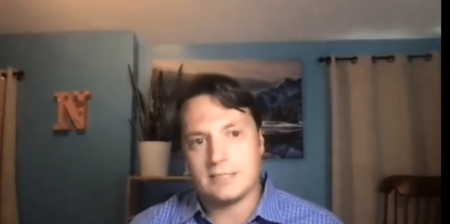
How did GeoEdge’s automated proactive and reactive publisher-controlled mechanisms allow NPR to secure inventory quality and enforce ad quality parameters?
NPR’s manual approach had become untenable. Brett and Sabrina approached management with a plan to address their concerns about security, ad quality, and brand suitability. “We were actually really lucky to have had GeoEdge on our side before that call,” says Sabrina Mohsenin, Ad Operations and Programmatic Ad Technology Manager for NPR. “GeoEdge helped us understand how we could address each one of our concerns using their tool.” GeoEdge’s solution provided answers to the questions posed by NPR’s management about the transition.

Which ad quality challenges were prioritized when shifting to programmatic advertising and which tools best resolved those challenges?
“We were looking for a really long time for some sort of tool that would let us block based on keywords in the ad. That was key for us. And then obviously, additionally, there are actual ad tech things that we needed to block for too, like malware. Not to mention intrusive ads that would suddenly play sound or float around on the screen. GeoEdge had all of that, too, so it really helped us cover the tech and the content side.”

How did GeoEdge’s Adwatch tool streamline the blocking of unwanted brands and misaligned content to increase yield?
Initially, NPR started out with an allow list. Eventually, they opted for a full block list. “It’s an extensive block list, but it was a game changer for us.” AdWatch, GeoEdge’s first-to-market transparency tool, provides valuable insight into how NPR manages unwanted ad content. “AdWatch is much faster. They show us every creative that has an impression on our site. I can actually block them either at the advertiser level or at the creative level within the AdWatch tool, which is so quick.”

In the past year, how has GeoEdge technology enabled NPR to serve relevant, and engaging ads which suit the context and blend into the user experience?
As NPR covered the events at the White House on January 6th, 2021, contextual targeting efforts led to an influx of unwanted riot gear ads. GeoEdge’s range of automated and manual ad content management tools enabled NPR to quickly regain control over all creatives and eliminate campaigns causing friction with the brand. “There was definitely this mad scramble where new brands kept coming with different kinds of riot gear ads. It was a real success story for us, how nimble we could be and how quickly we could react with the technology we had.”
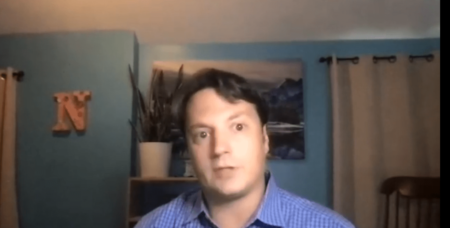
How have GeoEdge’s ad quality controls scaled NPR’s advertising business and maximized yield for NPR’s inventory?
“It was about a $5,000 a month programmatic business, which is not good if you’re flowing a hundred million impressions or more of unsold inventory per month. And yet now it’s a seven-figure business for us.” NPR’s next step is to explore onboarding SSPs through their open bidding program. “On the one hand we’re making the money and on the other hand, I think just as importantly, we haven’t really seen a lot of complaints from a UX standpoint. I think the average user or listener can’t really tell the difference, which is the sign of good programmatic, right?”
With AdWatch’s similarity grouping mechanism, NPR’s AdOps team can now effectively and easily filter out any creatives or brands that do not fit their meticulous standards. Since implementing GeoEdge’s Real-Time Blocking solution and utilizing GeoEdge’s proactive protection across security, user experience, and content verticals, the company has reduced manual work while significantly increasing fill rates.
